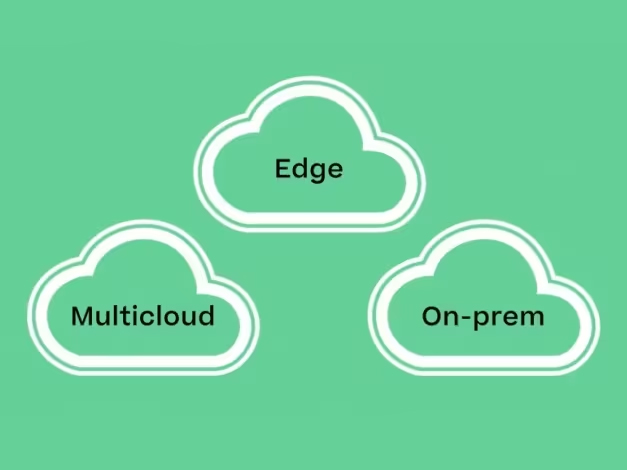Pivot or else: It’s time for a strategic shift
$20 billion: the estimated damages from ransomware for 2021
The majority of organizations divide up the responsibility for data protection across several parties. Security teams take care of firewalls and virus defense for the perimeter. On backup and disaster recovery, storage teams concentrate. Owners of applications frequently accept at least some of the blame for their solutions. But in hybrid situations, it's simple to forget crucial factors and upgrades. And all it takes to expose the whole company is a plain human error, a cyber security issue, or an unavoidable catastrophe. A single hacked password caused Colonial Pipeline disruption and devastation of local fuel supply in the US.
Additionally, traditional backup, restore, and disaster recovery solutions are unable to provide the performance required to maintain operations. After all, retrieving copies of data using backup tape methods might take days. Although disk-to-disk methods work better, they still take hours. Additionally, the majority of disaster recovery solutions use expensive and ineffective data mirroring.
How can you quickly recognize threats, take action, and recover from them in light of the possible security and recovery gaps? How can data protection procedures be unified? And how can you accomplish all this while controlling expenses to expand investment in new business drivers?
Without the hassle of traditional backup, security, and recovery solutions, NetApp offers reliable data protection and quick recovery for a wide range of disasters, human error, and cyber security threats.
Know More




































